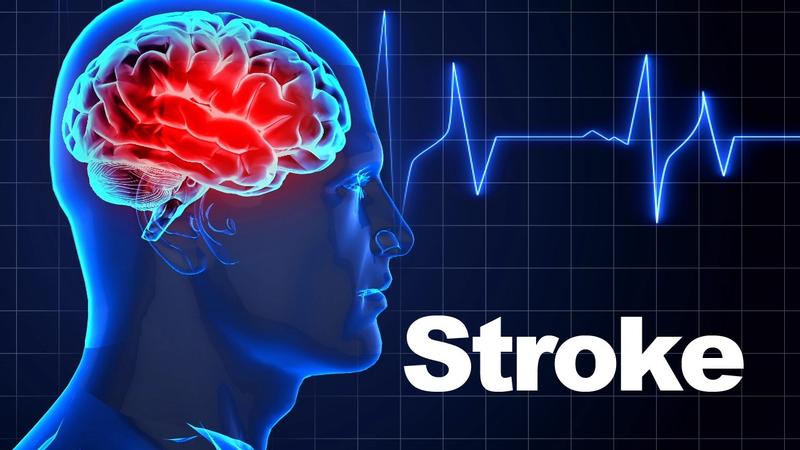What Puts You At Risk?
You can change or manage some things that put you at risk for a stroke, such as high blood pressure and smoking. Others, including age and race, you can’t.
Atherosclerosis
About half of all strokes are caused by atherosclerosis — the same process of narrowing and hardening of the arteries that causes heart attacks.
How Can I Prevent Strokes?
To reduce your chances of stroke, adopt habits that promote cardiovascular health and deter hardening of the arteries.
Stroke related Dementia
In the U.S., cognitive decline related to stroke (called vascular dementia) is the second most common form of dementia after Alzheimer’s disease.
Diagnosis & Treatment
Learn more about the steps doctors take to diagnose strokes, and what treatments they are likely to give to people in the emergency room and later on.
Exams & Tests
The first test after a stroke is typically a CT scan, a series of X-rays that can show whether there is bleeding in the brain.
Identifying & Treating Stroke
When a patient displays stroke-like symptoms, a doctor must not only confirm the symptoms but also identify the type of stroke, its location, and the extent of brain damage.
Thrombolysis
Depending on the type of stroke, doctors may give you aspirin or powerful clot-busting drugs. The treatment works best when you get this medication within 3 hours of when your symptoms started. If your stroke was caused by a burst blood vessel, doctors will try to stop the bleeding as soon as possible. Thrombolysis, also known as thrombolytic therapy, is a treatment to dissolve dangerous clots in blood vessels, improve blood flow, and prevent damage to tissues and organs.

